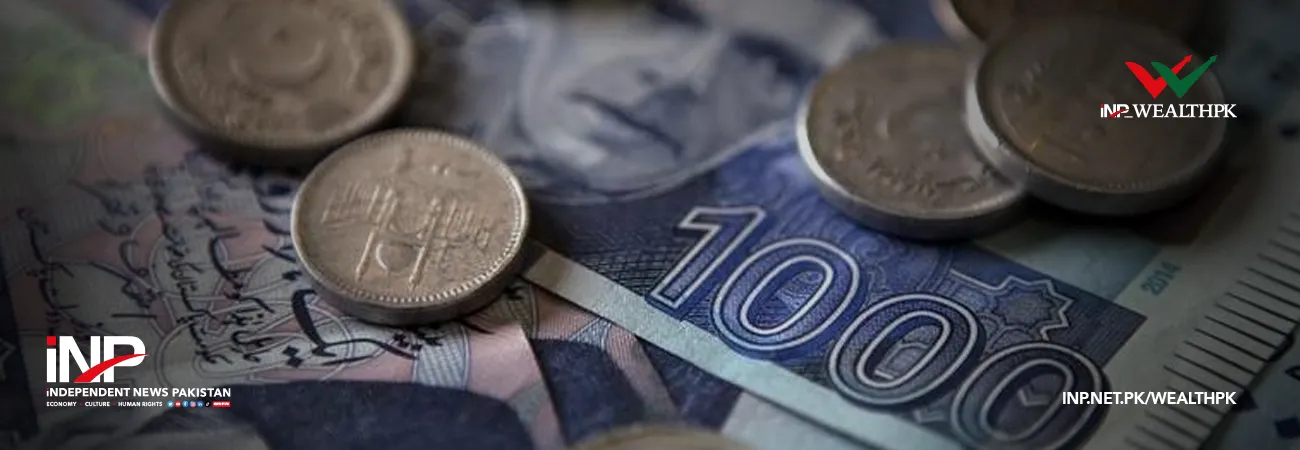INP-WealthPk
Ahmed Khan Malik
K-Electric (KE) plans to invest Rs484 billion during the next seven years to upgrade its transmission and distribution systems for uninterrupted power supply to its consumers. The KE’s investment plan sets the benchmarks and goals from 2023 to 2030. The significant part of the investment plan is to add more electricity from the renewable sources. KE foresees 5,000MW power demand in the next seven years. To meet this high demand, the utility would be relying hugely on the renewable power sources in the coming days, indicating the power utility's investment plan. Current energy mix for power generation of KE shows that it gets 94% of electricity from the imported thermal, 3% from local thermal and 3% from renewable sources. Under the investment plan, the power generation from imported thermal would be halved by falling to 51% by 2030, and renewable share going up to 28% with 21% power generation from local thermal. Under the plan, 2,172MW power would be added to the generation capacity during the next seven years.
The year-wise breakup shows that 500MW solar energy would be added to the system in 2025, and 330MW indigenous fuel-based power would be added in 2026. 330 MW from indigenous fuel and 200MW from solar would be added in 2027, followed by 100MW wind power in 2028. The year 2029 will witness 330MW indigenous fuel, 200MW solar and 82MW hydel power being added to the system, and 100MW wind power would be part of the system in 2030. The investment plan of KE till 2030 follows the investment made by the utility from 2005 to 2022. Since its privatisation, KE made an investment of Rs474 billion, which saw its customer growth, power generation, and reduction in transmission and distribution (T&D) losses substantially. Since the privatisation, the customer base of KE doubled to 3.4 million from 1.8 million, whereas T&D losses halved. These losses reduced to 15.3% from 34.2%, which shows significant improvement as these are even beyond NEPRA (National Electric Power Regulatory Authority) benchmark of 15.95%.
During the last 17 years, the KE supply improved to 3,380MW from 2,200MW, whereas its generation efficiency jumped to 39% from 30%. The number of grids also increased to 71 from 52 and distribution transformers went up to 30,000 from 9,200. Besides, feeders doubled to 2,000 from 1,000. The investment plan is subjected to approval of NEPRA for its implementation. The KE requested for unbundled tariff for all generation plants, distribution, transmission and supply. The KE also proposed a scope review after every two years to account for the changes required due to demand growth, technology and other factors. The plan also allows adjustments in view of macroeconomic and external factors, i.e., KIBOR (Karachi Interbank Offered Rate)/LIBOR (London Interbank Offered Rate), CPI (consumer price index) etc. It will help in timely execution of planned investments, ability to ramp up infrastructure investments based on customer needs, greater transparency for all stakeholders and consistent other utility tariffs.
Credit: INP-WealthPk













